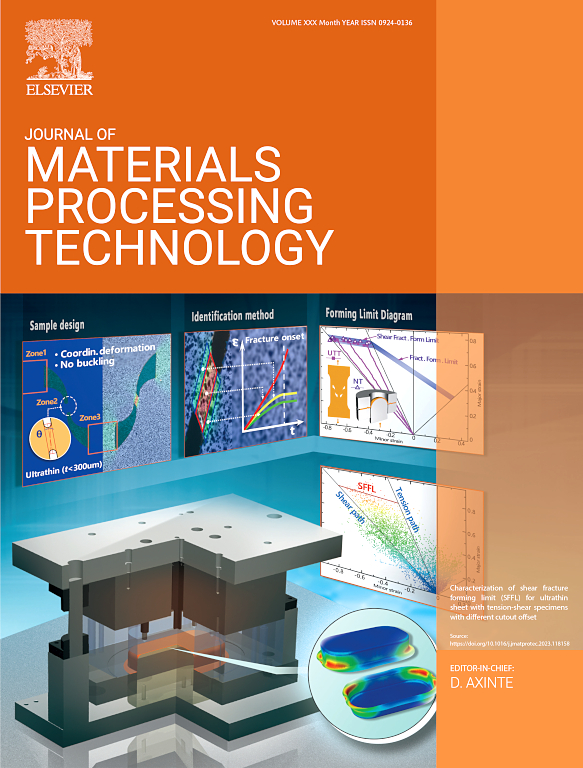Effect of topological characteristics on manufacturability and mechanical performance of multiscale graded structures fabricated by laser powder bed fusion
IF 6.7
2区 材料科学
Q1 ENGINEERING, INDUSTRIAL
Journal of Materials Processing Technology
Pub Date : 2025-01-08
DOI:10.1016/j.jmatprotec.2025.118721
引用次数: 0
Abstract
Complex multiscale structures emerge as a current focal point due to the controllability of physical, mechanical and geometrical properties spatially. However, the multiscale structures often modify the topological characteristics of structures, primarily including scale and geometry variation, thereby adding complexity of the laser powder bed fusion process. To investigate the effects of topological characteristics on manufacturability and mechanical properties, we fabricated uniform Gyroid structures with different unit cell size to evaluate scale variation and unit cell size graded Gyroid structure with different graded magnitude to evaluate structural geometry variation. As the unit cell size of uniform structures decreased, the structural thickness increased and dross defects diminished, while the relative density deviation was insensitive to unit cell size. The correspondence between relative density and mechanical properties of uniform Gyroid structures was established based on Gibson-Ashby equation. Unit cell size grading led to structural distortion. As the graded magnitude increased, the mean structure thickness and relative density of graded structures increased, and the mechanical properties decreased. The mechanism by how unit cell distortion affects manufacturability and mechanical performances was revealed. Furthermore, we present a performance-driven strategy for designing multiscale Gyroid structures, in which the topologically optimized density distribution is mapped onto the unit cell sizes. A three-point bending beam was constructed by the multiscale optimization method, which showing a ∼9.6 % increase in bending strength and a ∼46.8 % improvement in bending displacement compared to uniform beam. This study could offer guidance for the design and manufacturing of multiscale structures.
求助全文
约1分钟内获得全文
求助全文
来源期刊

Journal of Materials Processing Technology
工程技术-材料科学:综合
CiteScore
12.60
自引率
4.80%
发文量
403
审稿时长
29 days
期刊介绍:
The Journal of Materials Processing Technology covers the processing techniques used in manufacturing components from metals and other materials. The journal aims to publish full research papers of original, significant and rigorous work and so to contribute to increased production efficiency and improved component performance.
Areas of interest to the journal include:
• Casting, forming and machining
• Additive processing and joining technologies
• The evolution of material properties under the specific conditions met in manufacturing processes
• Surface engineering when it relates specifically to a manufacturing process
• Design and behavior of equipment and tools.
 求助内容:
求助内容: 应助结果提醒方式:
应助结果提醒方式:


